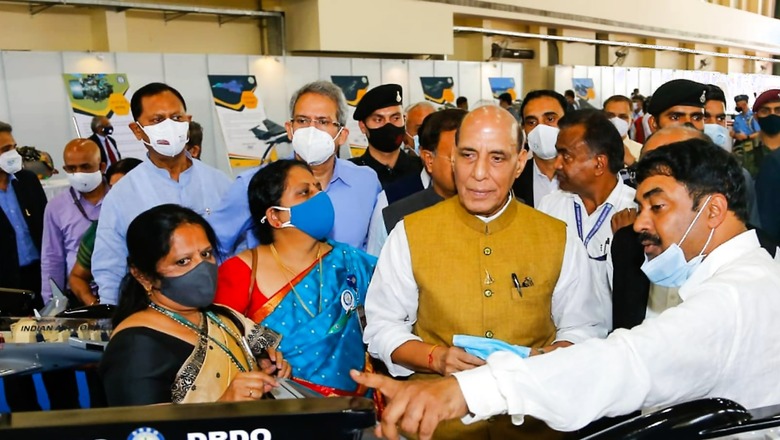Flight Mode On: India Looks to Develop Indigenous Engine for Its Domestically Made MALE UAVs by 2024

views
India is looking to complete the development of an indigenous engine to power its domestically manufactured unmanned aerial vehicles (UAVs) within the next two years, News18 has learnt.
The development of the Kaveri Derivative Engine—a project of the Defence Research and Development Organisation (DRDO)—which will power the indigenously made UAVs is expected to be completed by 2024, senior DRDO officials familiar with the matter told News18.
Homemade ‘horsepower’
Developed by the Gas Turbine Research Establishment (GTRE), a laboratory of the DRDO, the Kaveri Engine Derivative will power the medium-altitude long-endurance (MALE) UAVs which are being developed by India’s premier R&D orgnisation.
As per a DRDO official, it is a non-afterburning turbofan engine with a thrust of 46kN and a maximum weight of 1,180 kg.
As per officials, the Kaveri Derivative Engine certification level ground tests and altitude tests are currently in progress.
“The high-altitude tests are in progress currently. The engine endurance testing is being planned as a part of certification of the engine by CEMILAC (Centre for Military Airworthiness & Certification, a laboratory of DRDO),” a second DRDO official said.
He clarified that the CEMILAC clearance is an ongoing process and various tests are progressing as per the certification requirements.
The officials did not respond to queries on whether the high-altitude tests for the Kaveri Derivative Engine had faced a delay and the reasons for that.
Earlier, DRDO had also designed and developed a small turbo fan engine –derivatives of which would be manufactured for a variety of UAVs—helping India achieve self-reliance in this critical technology.
The Kaveri engine project
As per the DRDO, the ‘learning curve’ of the Kaveri engine project has provided an impetus towards the import substitution and has helped enhance the indigenous content of this class of engine to 80%.
The Kaveri engine, which was meant to power the indigenous light combat aircraft (LCA), has been under development by GTRE since 1989.
But despite developing multiple prototypes of the engine which underwent extensive testing, including in Russia, it could not meet the criteria to qualify as an engine for a fighter aircraft.
LCA Tejas Mk 1A was subsequently powered by the GE-F404 engines from the United States. As reported by News18, the latest F414 GE fighter jet engines will power the Mk 2 version of LCA Tejas, which will be manufactured in India post a transfer of technology from the aircraft engine supplier GE Aviation.
Last year, the government told Parliament that a modified engine version is required for induction in the LCA Tejas, since the final operational clearance (FOC) version of it requires a higher thrust.
He had also said that the technological capabilities developed by India through the engine project will be utilised.
The second official quoted above said that while Kaveri engine components and systems have matured through extensive testing over the years, sourcing aero engine materials and manufacturing technology indigenously for the components had been a challenge due to the lack of a set ecosystem.
However, akin to the Kaveri Derivative Engine, DRDO is also working on other derivatives of the engine for a range of platforms and equipment, while continuing its work on the development of the Kaveri engine.
Read all the Latest India News here




















Comments
0 comment